Ultrakorta skidor skakar om backarna och utmanar den länge hållna uppfattningen att längre skidor alltid är bättre. Så här är det: kompakta alternativ som Snowfeet Skiskates (44 cm) och Skiblades (65–120 cm) visar att de kan leverera skarp kantkontroll och smidig hantering på preparerade pister, samtidigt som de är mycket enklare att transportera och använda. Medan traditionella skidor fortfarande dominerar för hög hastighetsstabilitet, kanske de flesta fritidsskidåkare inte ens behöver den nivån av prestanda.
Viktiga punkter:
- Snowfeet Skiskates (44 cm): Super smidiga, perfekta för snabba, lekfulla svängar på preparerade backar. Bäst för måttliga hastigheter.
- Snowfeet Skiblades (65–120 cm): Balans mellan manövrerbarhet och stabilitet, och erbjuder ett roligt alternativ till längre skidor.
- Traditionella skidor: Bra för stabilitet i hög hastighet men kräver mer ansträngning för att svänga och har en brant inlärningskurva.
Om du är mer ute efter kul och bekvämlighet än hastighet kan ultrakorta skidor bli ditt nya favoritval. Låt oss dyka ner i detaljerna.
Hur man carvar på skidor | Att gå från sladdade till carving-svängar för medelgoda skidåkare
1. Snowfeet* Skiblades (65 cm, 99 cm, 120 cm)
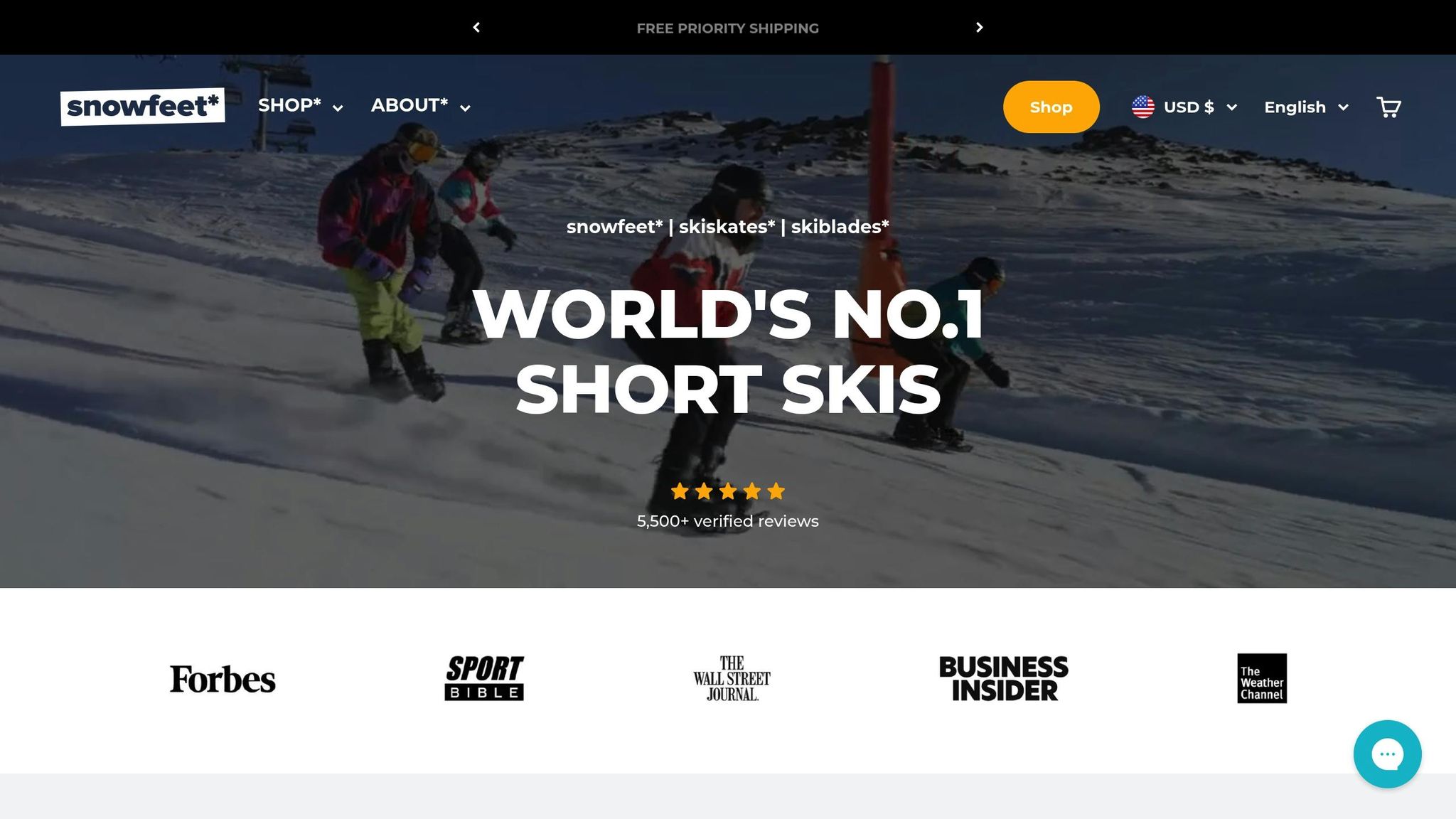
Snowfeet* Skiblades ger en fräsch twist på skidåkning och erbjuder kompakta alternativ till traditionella långa skidor. Finns i tre längder - 65 cm, 99 cm och 120 cm - dessa skiblades är designade för att ge exceptionell kantkontroll på pistade backar, vilket bevisar att mindre ibland kan betyda bättre när det gäller precision.
De 65 cm Skiblades handlar helt om smidighet. Deras korta längd gör dem otroligt responsiva, vilket möjliggör snabba kant-till-kant-övergångar och skarpa, precisa carving-svängar. De är perfekta för dem som älskar tajta svängar och kvicka rörelser på pistarna.
De 99 cm Skiblades balanserar snabb hantering med stabilitet. Dessa är idealiska för skidåkare som vill ha lite mer självförtroende vid högre hastigheter samtidigt som de njuter av manövrerbarhetens frihet. De är ett stabilt val för medelgoda till avancerade skidåkare som tar sig an pistade backar.
De 120 cm Skiblades, som är de längsta i serien, är fortfarande mycket kortare än traditionella skidor. Denna längd prioriterar stabilitet vid högre hastigheter utan att kompromissa med kontrollen, vilket gör dem till ett utmärkt val för dem som vill öka farten samtidigt som de behåller självförtroendet.
En av de mest framträdande egenskaperna hos Snowfeet* Skiblades är deras portabilitet. Deras kompakta storlek eliminerar behovet av klumpiga skidväskor eller takräcken, vilket gör dem resevänliga och perfekta för spontana resor till bergen. Oavsett om du slänger dem i bagaget eller bär dem på ryggen är de ett smidigt alternativ till traditionella skidor.
När det gäller prestanda erbjuder varje storlek unika styrkor. 120 cm-modellen glänser vid högre hastigheter med sin stabilitet, medan 99 cm- och 65 cm-versionerna fokuserar på manövrerbarhet och snabb hantering. Denna mångsidighet utmanar den länge rådande uppfattningen att längre skidor alltid är bättre.
Alla tre modeller betonar kontroll och precision, vilket gör dem utmärkta för pistcarving. Snowfeet* Skiblades representerar ett modernt sätt att åka skidor på, med innovativ design och en enkel inlärningskurva som hjälper nya skidåkare att snabbt bygga självförtroende. Oavsett om du är en erfaren skidåkare eller nybörjare erbjuder dessa skiblades ett roligt och dynamiskt sätt att ta sig an backarna.
2. Snowfeet* Skiskates (44 cm)
Med bara 44 cm längd ger Snowfeet* Skiskates en fräsch twist på skidåkning. Visst, de är små jämfört med de vanliga 160-180 cm skidorna från märken som Rossignol eller Salomon, men låt inte deras storlek lura dig - de levererar där det räknas. Dessa ultrakompakta skidor handlar om portabilitet och precision, vilket gör dem till ett roligt alternativ för preparerade backar.
En utmärkande egenskap är deras kantgrepp. Tack vare deras lilla storlek koncentreras trycket längs kanterna, vilket ger dem ett överraskande starkt grepp i preparerad snö. Till skillnad från traditionella skidor som sprider vikten över 5-6 fot kant, kanaliserar dessa små skidor samma kraft på mindre än 18 tum. Resultatet? Skarpa, precisa svängar som känns otroligt responsiva.
När det gäller manövrerbarhet är Skiskates i en klass för sig. Deras korta längd gör snabba pivoter, snurrar och carvings enkla. Oavsett om du experimenterar med olika svängformer eller bara har kul i backen, gör dessa skates det lätt att variera ditt rytm.
Nu, låt oss prata hastighet. Skiskates passar bäst för måttliga hastigheter. De är inte byggda för att rusa nerför berget i rasande fart, men för nybörjare till medelgoda skidåkare erbjuder de smidighet och kontroll som traditionella skidor inte kan matcha. Tänk på dem som ett verktyg för lekfull och precis skidåkning snarare än rå hastighet och stabilitet.
En annan stor fördel? De är otroligt portabla. Du kan slänga dem i en vanlig ryggsäck och ge dig ut i backen utan att släpa på tung utrustning. Dessutom fungerar de med vanliga vinterstövlar, så det behövs inga dyra pjäxor eller hyror.
Det sagt, Skiskates har sina begränsningar. De glänser på preparerade pister där deras kanter kan greppa konsekvent, men de är inte idealiska för djup pudersnö eller offpistterräng. I sådana förhållanden ger längre skidor bättre flytförmåga och stabilitet. Men på släta, välskötta backar levererar dessa små skidor en rolig och engagerande upplevelse. Deras träkärna tillför hållbarhet och säkerställer att de klarar kraven på kantkontroll, vilket bevisar att smart design kan få även de kortaste skidorna att prestera imponerande väl.
3. Traditionella carvingskidor
Traditionella carvingskidor från märken som Rossignol, Salomon och Völkl är vanligtvis omkring 5 till 6 fot långa - ungefär fyra gånger längden på Snowfeet* Skiskates. Medan dessa klassiska skidor länge varit ett förstahandsval för många, kommer deras förlängda längd med både för- och nackdelar, särskilt på preparerade backar.
En av de viktigaste faktorerna att tänka på är kantengagemang. Längre skidor sprider kraften i en sväng över en större yta. Även om detta kan ge mjukare övergångar, innebär det också att de inte gräver ner sig i hård snö lika skarpt, vilket kan minska den precision som avancerade skidåkare ofta söker på preparerade pister.
Å andra sidan är traditionella skidor kända för sin stabilitet vid högre hastigheter. Deras längd hjälper till att minimera vibrationer och skakningar, vilket ger en stabil åktur på branta, snabba preparerade backar. Men här är grejen: de flesta fritidsskidåkare når inte de extrema hastigheter där denna stabilitet blir avgörande. För vardaglig skidåkning kanske denna fördel inte är lika märkbar och kan till och med göra skidorna mindre responsiva i trängre partier.
När vi talar om responsivitet kan svängning med traditionella skidor vara ett träningspass. Deras längre längd kräver mer kraft för att svänga, vilket gör snabba manövrar – som att navigera i pucklar eller slingra sig mellan träd – mer utmanande. Denna extra ansträngning kan få skidåkare att längta efter den smidighet och enkelhet som Snowfeet*-utrustningen erbjuder.
Sedan har vi inlärningskurvan. Att bemästra traditionella skidor kan ta tid – ibland en hel säsong för nybörjare att känna sig bekväma med att kontrollera dem. Snowfeet* är däremot designade för att göra carving mer intuitivt och nybörjarvänligt från början.
Bärbarhet är ett annat område där traditionella skidor brister. Deras storlek kräver extra förvaringsutrymme och transportutrustning, vilket gör dem mycket mindre praktiska än de kompakta och lätta Snowfeet* Skiskates.
Kostnaden är en annan knäckpunkt. Traditionella skidor medför extra utgifter som specialiserade pjäxor, bindningar och monteringsavgifter – för att inte tala om hyrkostnader på skidorter. Snowfeet*-produkterna är däremot designade för att fungera med vanliga vinterkängor, vilket eliminerar mycket av de extra kostnaderna.
Medan traditionella skidor är byggda för mångsidighet och hög hastighet på olika terränger, offrar denna design ofta den precision och lekfullhet som många skidåkare längtar efter för mjuka carvingsvängar på preparerade backar. För dem som vill ha en mer responsiv, rolig och tillgänglig upplevelse erbjuder Snowfeet* ett fräscht alternativ som är svårt att slå.
sbb-itb-17ade95
För- och nackdelar
Här är en snabb översikt över hur olika skidtyper står sig. Tabellen nedan lyfter fram viktiga prestandafunktioner och visar var Snowfeet*-produkterna glänser, särskilt när det gäller carving på preparerade backar.
| Egenskap | Snowfeet* Skiskates (44 cm) | Snowfeet* Skiblades (65–120 cm) | Traditionella carvingskidor |
|---|---|---|---|
| Kantgrepp | Utmärkt – fokuserat tryck för precision | Överlägsen – idealisk balans mellan längd och grepp | Bra – fördelat över en längre yta |
| Svängförmåga | Extremt snabba och smidiga | Snabb och precis | Behöver mer ansträngning och utrymme |
| Hantering av hastighet | Stabil vid måttliga hastigheter | Bäst vid fritidshastigheter | Utvecklas bara vid mycket höga hastigheter |
| Bärbarhet | Får plats i en ryggsäck | Lätt att transportera i bil | Kräver takräcken eller stort förvaringsutrymme |
| Inlärningskurva | Minuter för att känna sig bekväm | Lite längre tid att vänja sig | Veckor till månader för att bli skicklig |
| Kostnad | Från $390 | Från $450–$690 | $600+ plus extra gear |
Snowfeet* Skiskates handlar om smidighet och kul. Deras kompakta storlek gör att du kan göra skarpa, snabba svängar utan ansträngning. Även om de inte är byggda för höga hastigheter, kommer de flesta fritidsskidåkare inte se detta som en nackdel.
Snowfeet* Skiblades har en perfekt balans. De ger utmärkt kantkontroll och mjuka, smidiga svängar. Om du byter från längre skidor kan det ta lite tid att vänja sig, men den ökade kontrollen och stabiliteten är värd det.
Traditionella carvingskidor är däremot byggda för hastighet. Deras längre design ger stor stabilitet vid höga hastigheter, men kräver mer energi att manövrera och ofta extra utrustning som bindningar och pjäxor. Dessutom kan inlärningskurvan vara brant, vilket gör dem mindre nybörjarvänliga.
Varför Snowfeet* sticker ut
- Portabilitet: Snowfeet*-produkterna är en revolution för bekvämlighet. Skiskates får plats i en ryggsäck, och Skiblades är tillräckligt kompakta för att slängas i bilens bagageutrymme. Ingen behov av takräcken eller klumpig förvaring.
- Kostnad: Traditionella skidor kan snabbt bli dyra med all extra utrustning som behövs. Snowfeet*-produkterna fungerar däremot med de vinterstövlar du redan har, vilket sparar dig hundratals kronor.
- Lätt att använda: Till skillnad från traditionella skidor som kräver veckor av lektioner låter Snowfeet*-produkterna dig känna dig säker på att göra carving-svängar inom en timme. Det är en stor vinst för nybörjare eller alla som har ont om tid.
När det gäller kantkontroll på preparerade pister lyser Snowfeet*-produkterna verkligen. Deras kortare design fokuserar din vikt och energi på en mindre yta, vilket ger dig precis, rakbladsvass carvingförmåga och en närmare kontakt med berget. Oavsett om du är en erfaren skidåkare eller precis har börjat erbjuder Snowfeet* ett nytt sätt att njuta av backarna.
Slutsats
När det gäller carving på preparerade backar tillför ultrakorta skidor något nytt. De ger kantkontroll som är lika skarp som traditionella långa skidor, men med en twist: deras design kanaliserar din energi till en mer responsiv och dynamisk carvingupplevelse.
Ta Snowfeet Skiskates (44 cm) som exempel. Dessa kompakta skidor erbjuder snabba, hockeyliknande övergångar. Även om nybörjare kan behöva lite tid för att vänja sig vid dem, är de utan tvekan roliga och smidiga när du väl hittar rytmen.
Sedan finns Snowfeet Skiblades (65–120 cm). De hittar en perfekt balans mellan stabilitet och snabb, smidig hantering. Om du övergår från traditionella skidor eller bara vill prova en annan carvingsstil kan dessa vara ditt förstahandsval.
Visst, traditionella carvingskidor är oslagbara för högfartsåkning, men de kan inte mäta sig med den rena bekvämligheten och manövrerbarheten hos Snowfeet på preparerade backar.
Vanliga frågor
Är ultrakorta skidor som Snowfeet Skiskates och Skiblades lättare för nybörjare att lära sig jämfört med traditionella skidor?
Ja, ultrakorta skidor som Snowfeet Skiskates och Skiblades är ett utmärkt alternativ för nybörjare. Deras kompakta storlek - från 44 cm till 120 cm - gör dem lätta, superenkla att hantera och mycket mindre skrämmande än traditionella skidor. Denna mindre storlek hjälper nya skidåkare att snabbare bygga självförtroende och fokusera på att lära sig grunderna utan att känna sig överväldigade.
Till skillnad från längre skidor, som kan kännas otympliga och svåra att kontrollera, gör dessa ultrakorta skidor det enkelt att svänga och balansera. Dessutom är de lätta att bära med sig och perfekta för preparerade backar, så du kan njuta av det roliga utan att släpa på tung utrustning. Snowfeet-produkter är ett fantastiskt val om du precis börjat med vintersporter och vill ha ett enklare, mer tillgängligt sätt att ge dig ut i backen.
Är Snowfeet Skiskates och Skiblades bra för alla skidförhållanden, eller fungerar de bättre på specifika terränger?
Snowfeet Skiskates och Skiblades är idealiska för preparerade backar, terrängparker och blandade snöytor där smidighet och precision är viktigast. Tack vare deras kompakta storlek är de perfekta för att carve skarpa svängar och glida nerför pistarna utan ansträngning. Dessutom gör deras lätta, portabla design dem till ett roligt alternativ för skidåkare på alla nivåer.
Det sagt, de är inte det bästa valet för djup pudersnö eller off-pist-äventyr. I sådana förhållanden ger traditionella skidor eller snowboards bättre flyt och stabilitet. Men om du vill ha ett lätt, lättmanövrerat alternativ som presterar briljant på preparerade spår är Snowfeet-utrustning ett fantastiskt val.
Varför är Snowfeet-produkter ett bättre val än traditionella skidor för fritidsskidåkare?
Varför Snowfeet-produkter är en game-changer för skidåkare
Snowfeet-produkter tillför något nytt till backarna med sin kompakta storlek och mångsidiga design. Med längder mellan 44 cm och 120 cm är dessa mini-skidor lätta, enkla att bära och tillräckligt små för att få plats i en ryggsäck. Det betyder inga tunga prylar att släpa på – bara ta dina Snowfeet och ge dig direkt till backen. För alla som värdesätter bekvämlighet och portabilitet är de ett fullständigt vinnande val.
Men det handlar inte bara om storlek. Den användarvänliga designen gör Snowfeet till ett utmärkt val för alla – från nybörjare till erfarna skidåkare. Deras mindre storlek och lägre vikt ger dig mer kontroll och gör svängarna mindre skrämmande, särskilt om du precis lär dig. Dessutom kan du använda dem med dina vanliga vinterkängor – inga specialbindningar eller utrustning behövs. Det gör det enklare (och billigare) att ge sig ut i skidåkning och öppnar sporten för en helt ny grupp äventyrare.
Oavsett om du är nybörjare på skidåkning eller en proffs som söker ett roligt, kompakt alternativ, levererar Snowfeet-produkter en upplevelse som är portabel, lättanvänd och helt enkelt rolig. Traditionella skidor? De kan inte mäta sig med detta.

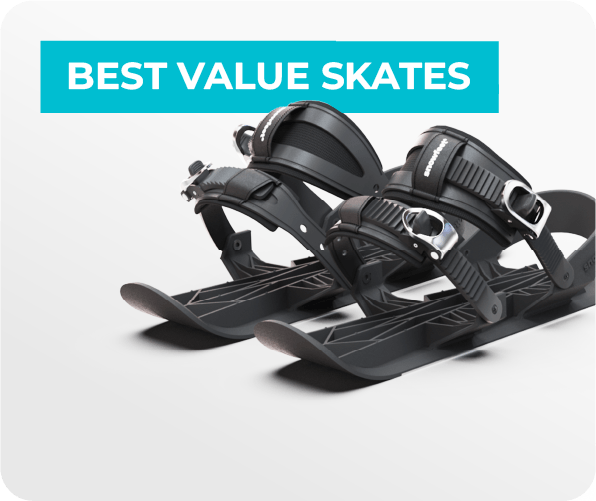



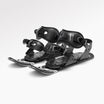
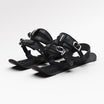
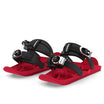
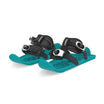

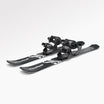

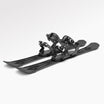
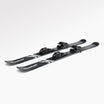






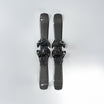
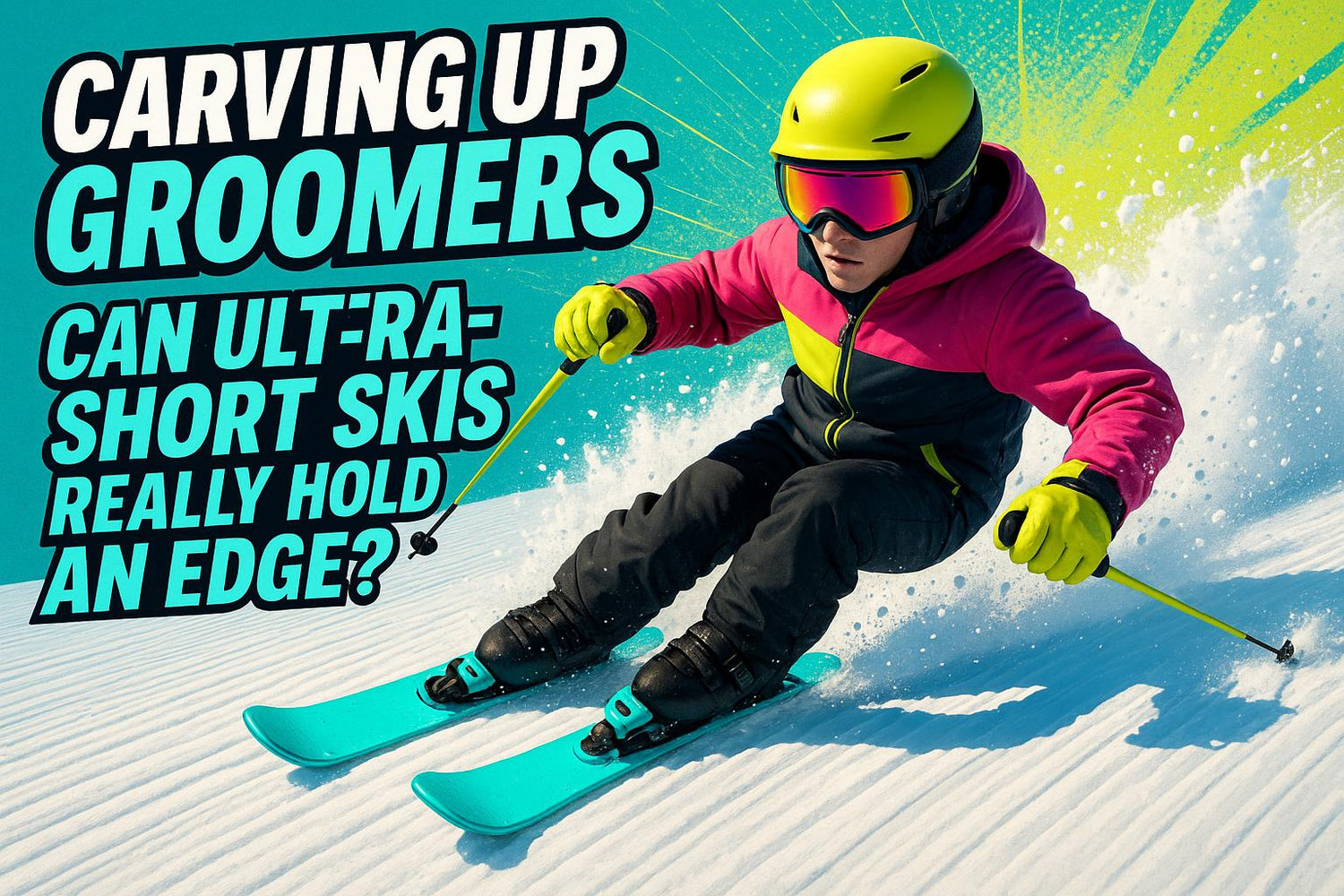


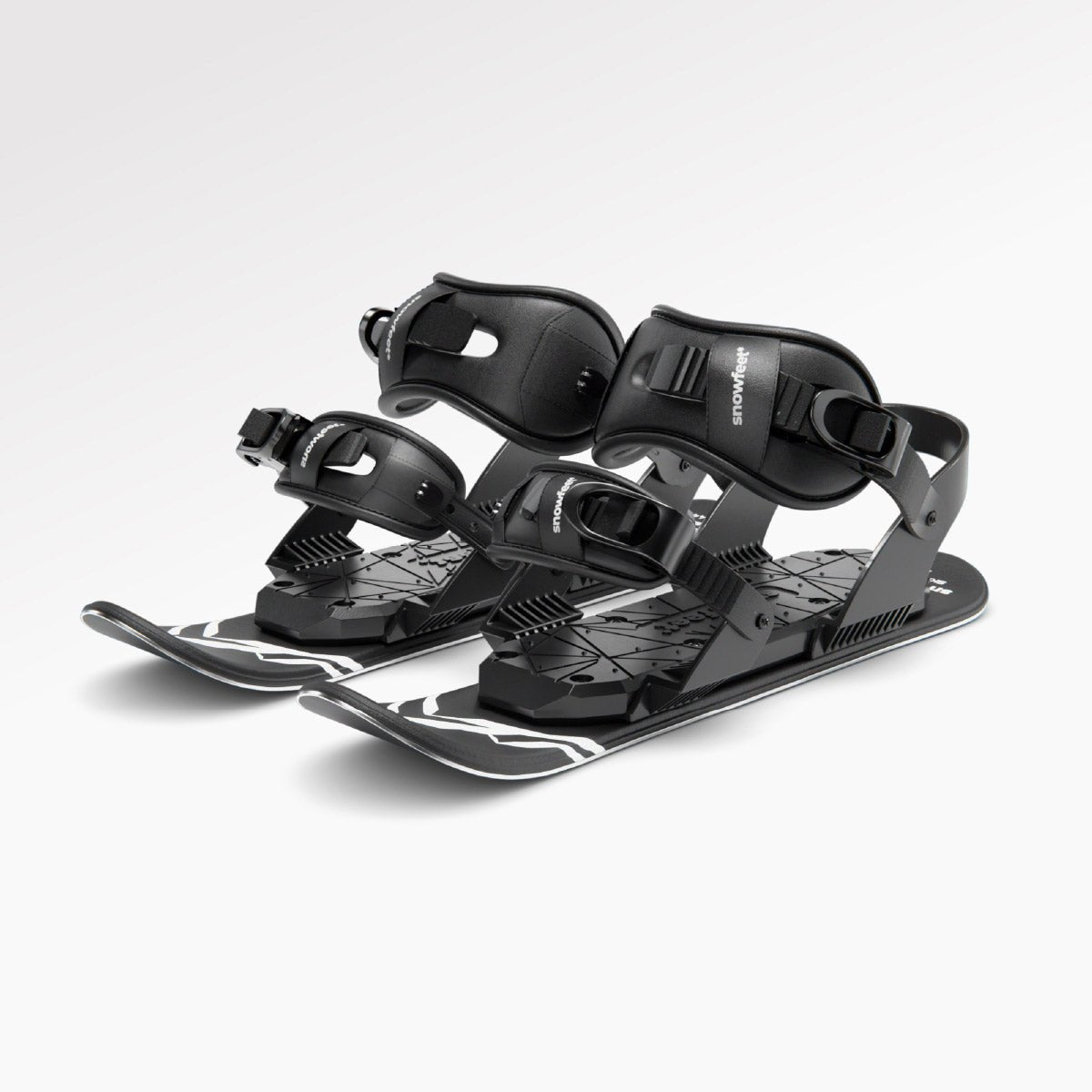
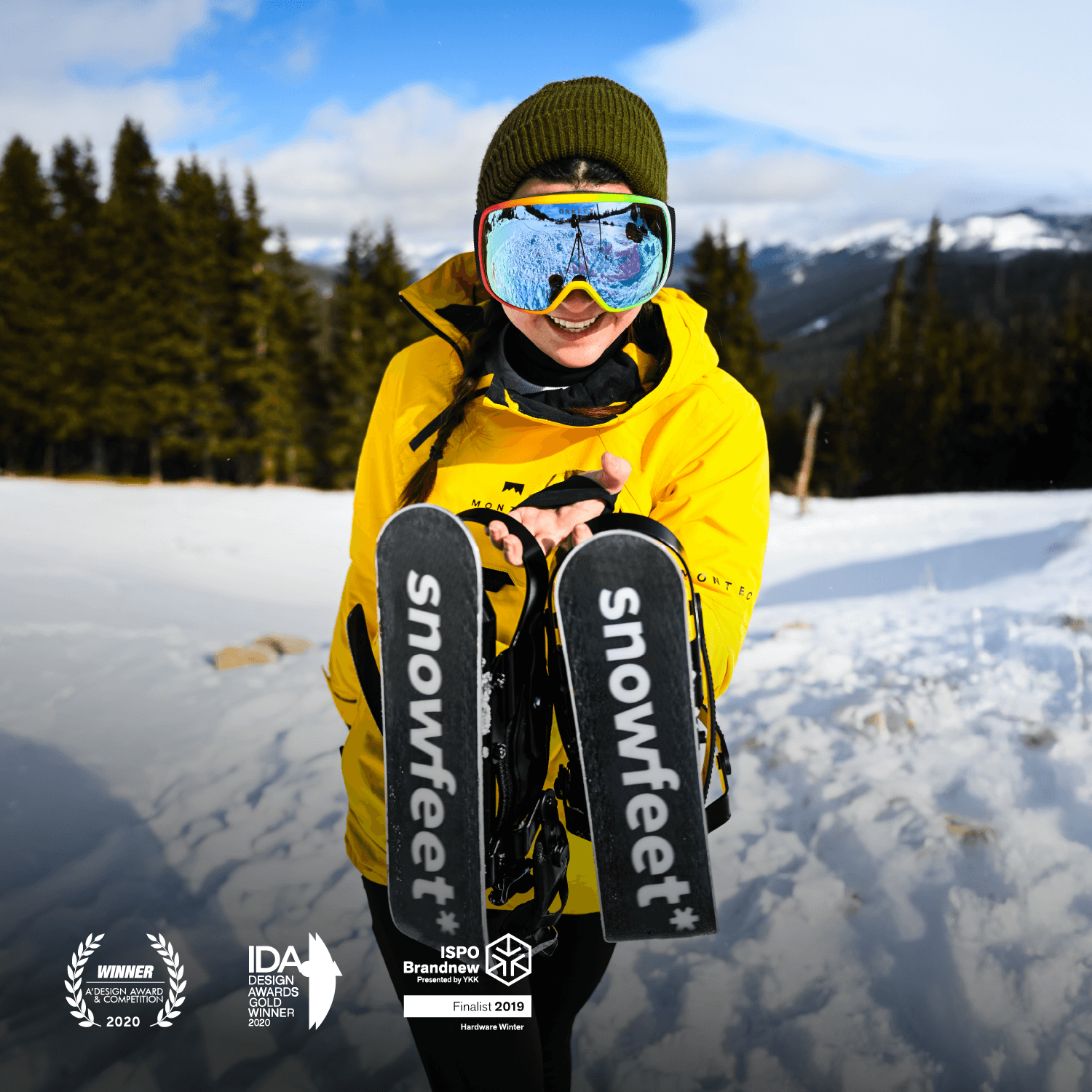
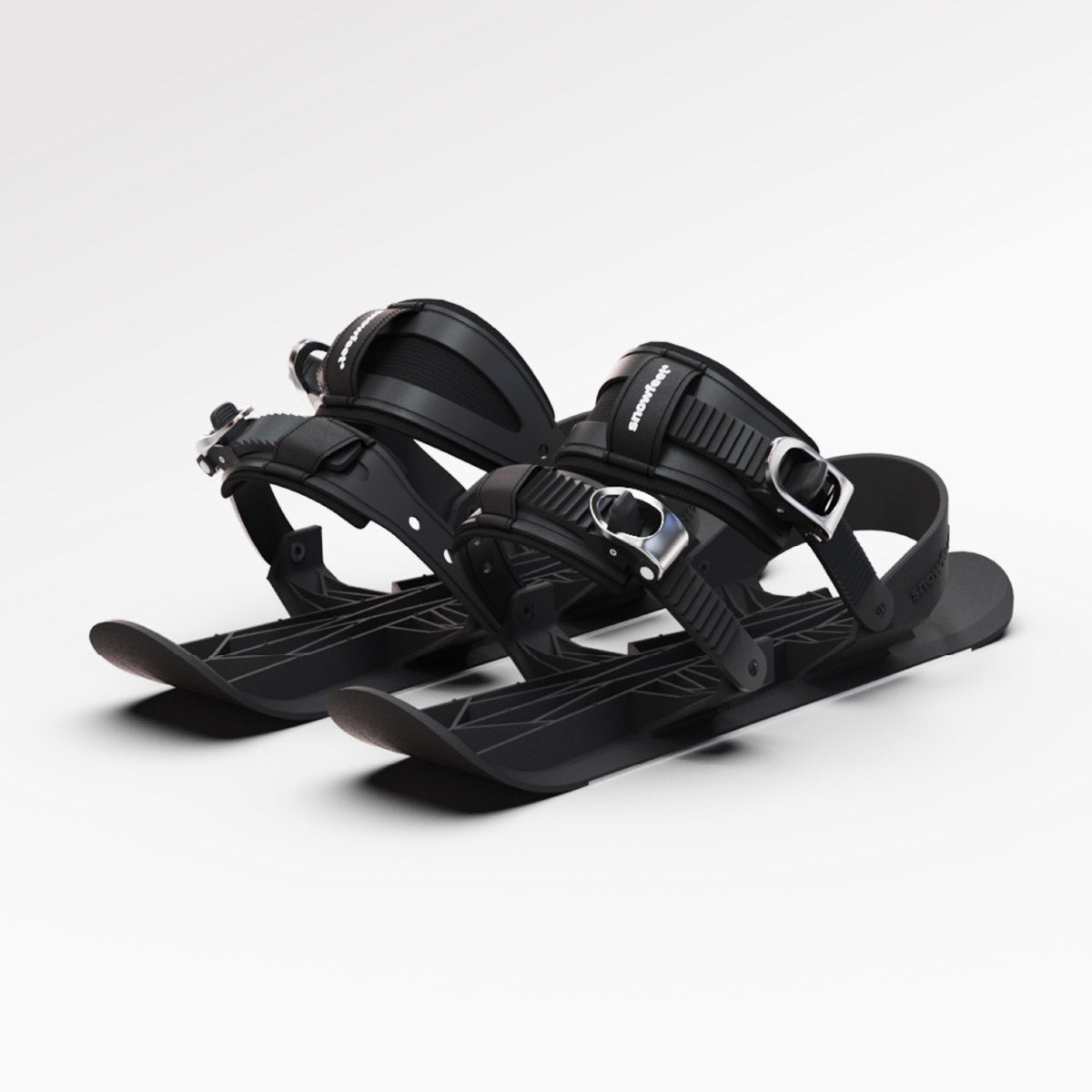

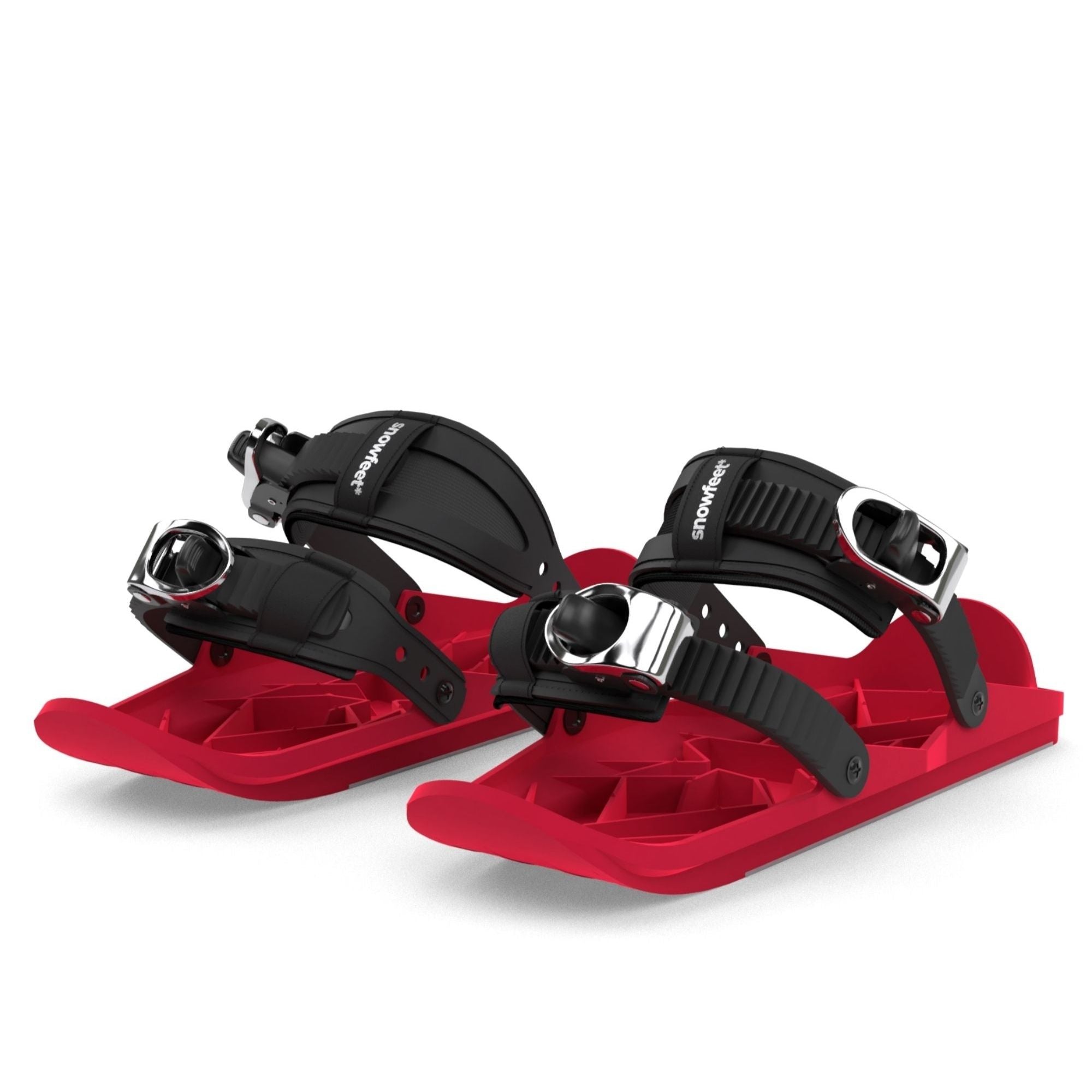
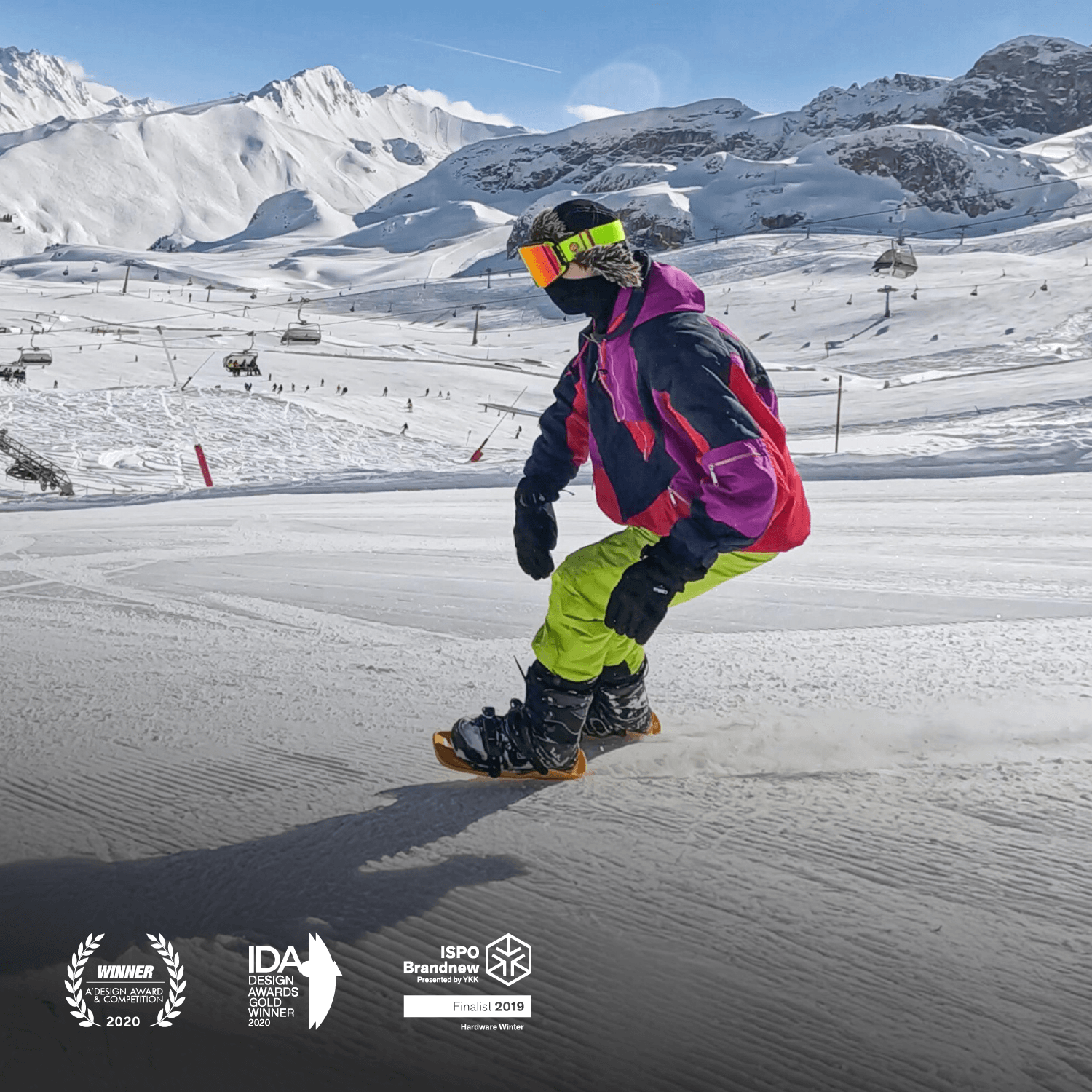


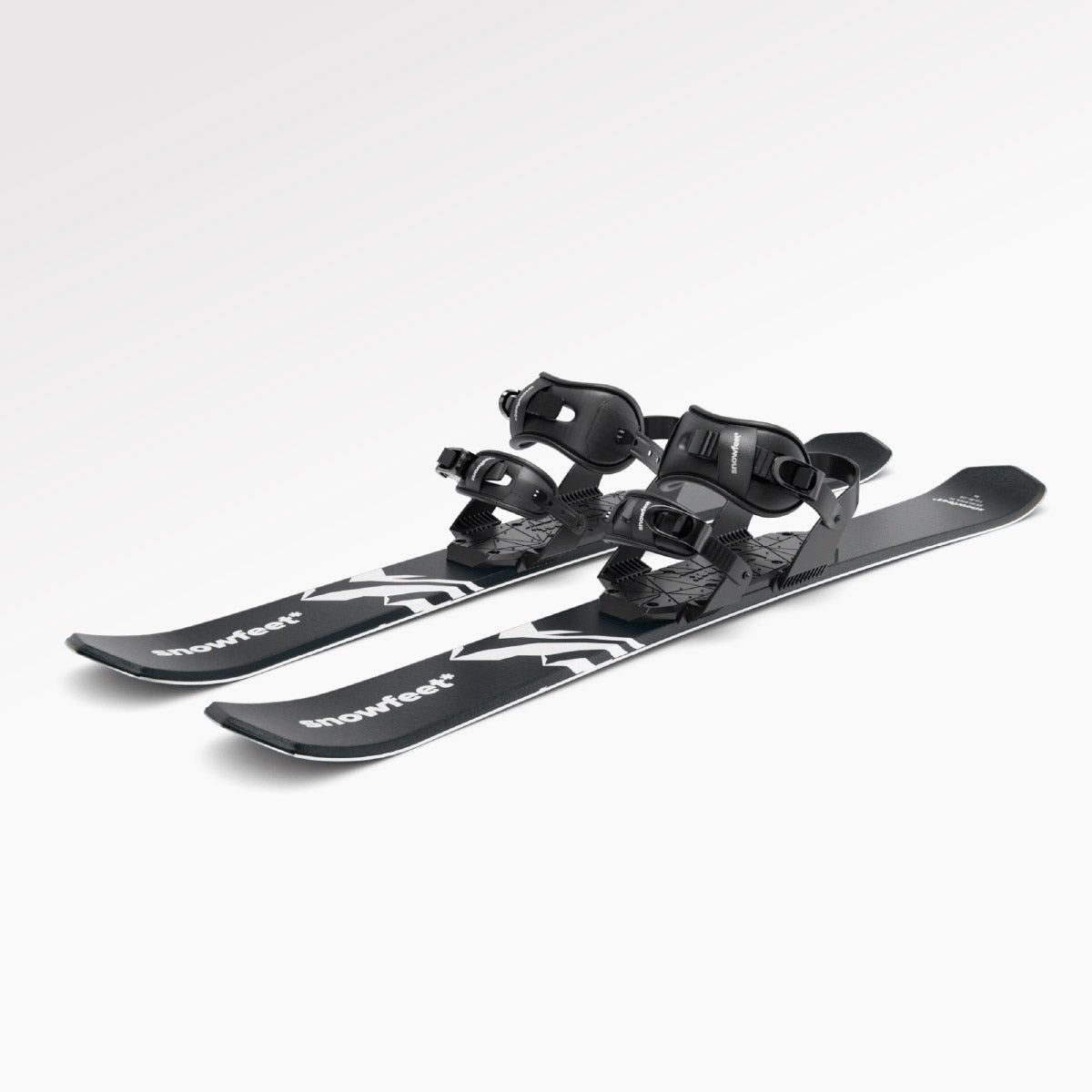
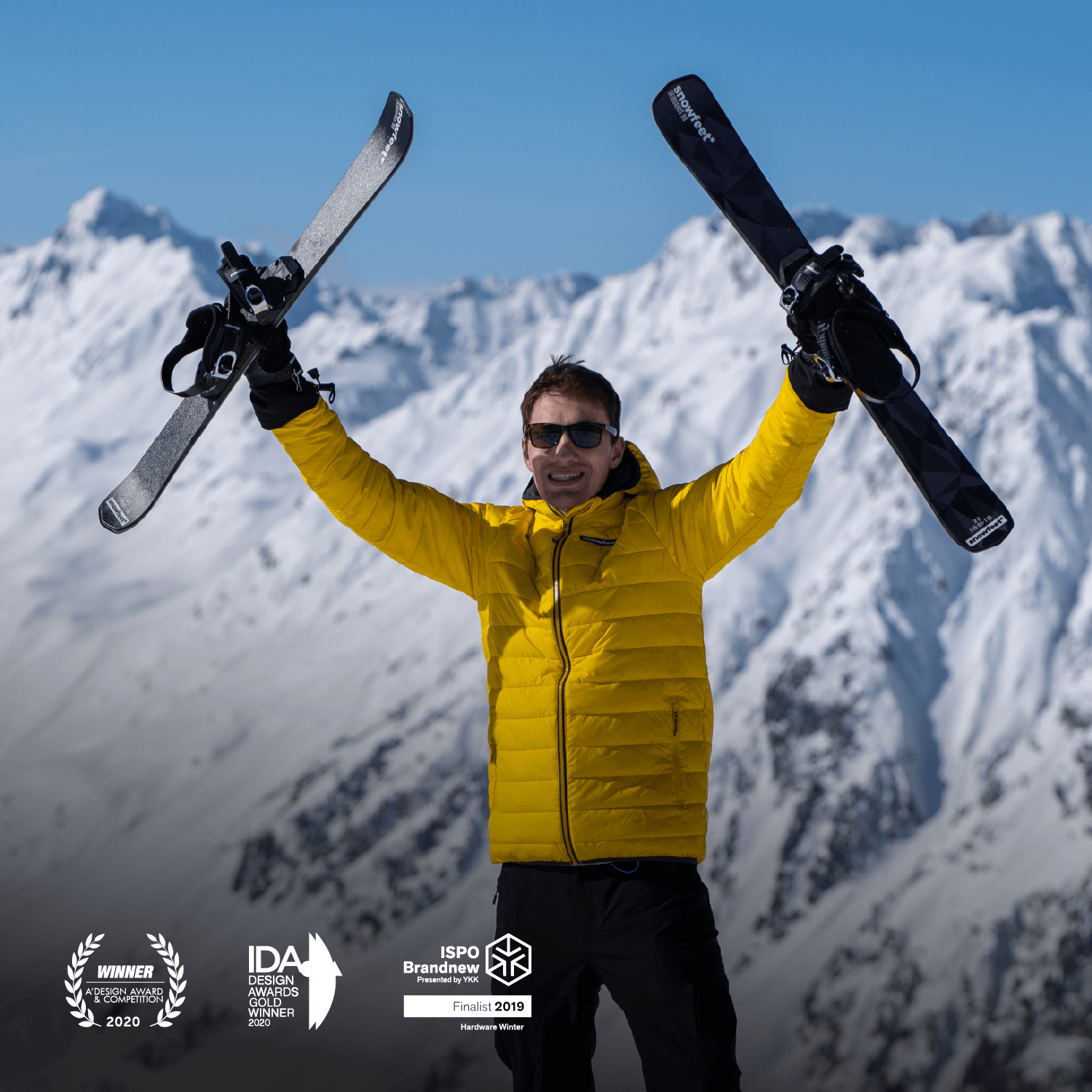
Lämna en kommentar
Denna webbplats är skyddad av hCaptcha och hCaptchas integritetspolicy . Användarvillkor gäller.